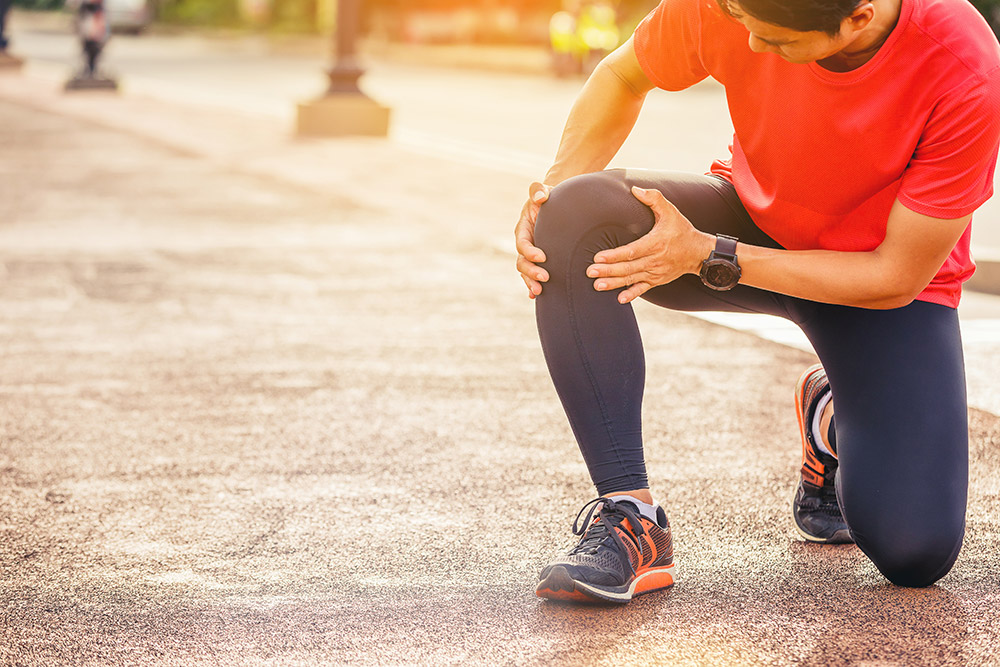Overload pains
A sedentary work system and a low level of physical activity are determinants of the modern lifestyle. As time goes by, each of us begins to feel its effects – many diseases appear. You need to know how to keep the balance between passive and active modes – otherwise you will be constantly exposed to various types of overload pains. They are especially aggravated when, after a long period of inactivity, you suddenly start to exercise more, ignoring the period of adaptation, i.e. the body gradually getting used to movement. Often times, the complete lack of exercise becomes a direct cause of overload, especially when you stay in the same position for long hours. Most often, joint pain is associated with damage to the surrounding structures (muscles, tendons, ligaments and joint capsules). There are two types of trauma: mechanical and inflammatory.

Do you work in one position?
It’s worth doing something about it.
WHEN TO USE PHYSIOTHERAPY?
In the case of inflammatory pain in the first period, medications taken on an ad hoc basis or as a treatment will help. In turn, in mechanical trauma and after the inflammatory phase has subsided, physiotherapy will be the most effective. If joint pains also apply to you, first of all, you should limit excessive activity on your own, and thus prevent the damage from getting worse. After your myofascial balance has been restored and the first strong symptoms have been dealt with, you can gradually return to exercise. In the case of this type of ailments, exercises are mainly used to strengthen the muscles around the joint and improve its mobility.
MUSCLE AND JOINT PAIN – ARE YOU WORKING WITH THEM?
In the case of joint pains in the first period of rehabilitation, it is advisable to relieve exercises (e.g. riding a stationary bike, movements on a lift). Equally important are stabilization exercises, which consist in strengthening the muscles around a given joint and rebuilding deep feeling.
For some injuries, the pain occurs suddenly, such as when you move suddenly. Other times it gradually builds up over a long period of time for no apparent reason.
Pain in a given joint is very often accompanied by swelling and limited mobility, which can lead to further dysfunctions – this is the case in the case of injuries of the elbow joint or painful shoulder syndrome. The cause of joint pain is often muscle overload or damage to the tendons. Such situations may occur during prolonged lifting of the arm (e.g. when hanging curtains), inadequate lifting of heavy objects, as well as as a result of inadequate position during sleep or inadequate preparation (or lack thereof) for more demanding exercises.
In the case of each of the joint injuries, manual therapy under the supervision of a specialist is very important. The characteristic feature of overstrain pain is that the sooner you start working, the shorter your recovery will be.